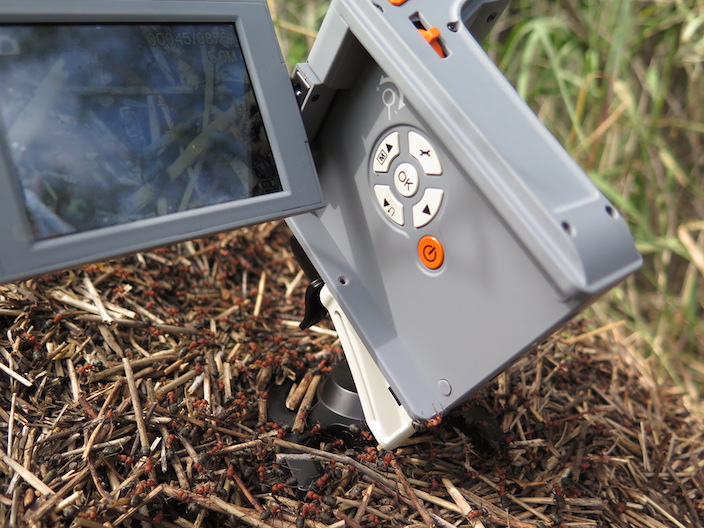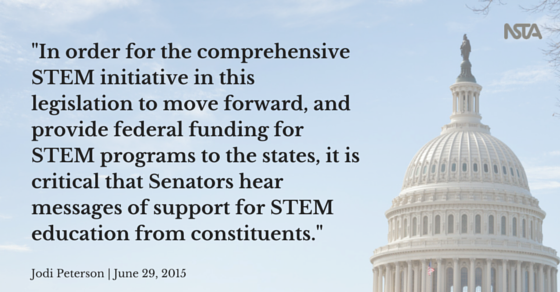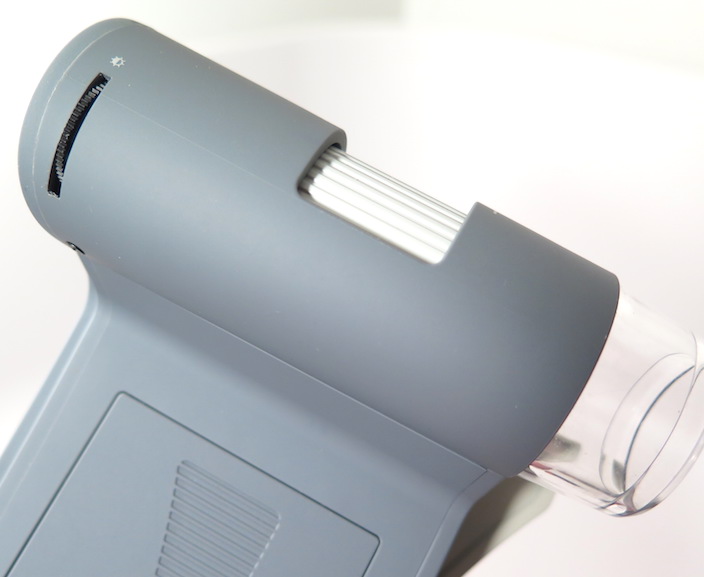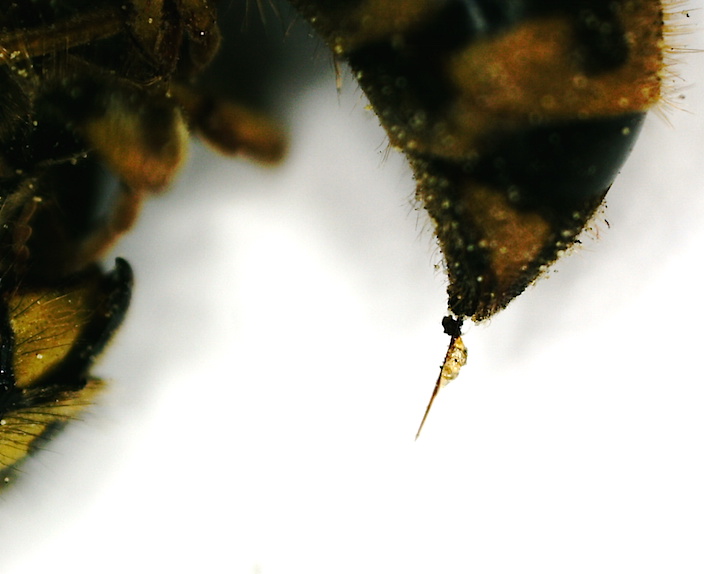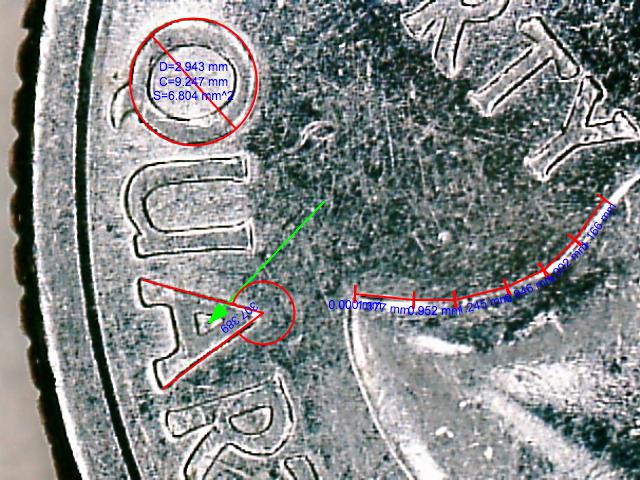Legislative Update
ESEA (No Child Left Behind) Reauthorization Bill Scheduled for Senate Action July 7
By Jodi Peterson
Posted on 2015-06-29
The Senate debate on the reauthorized Elementary and Secondary Education Act (known as No Child Left Behind) could start on July 7. According to Education Week, Senate Majority Leader Mitch McConnell has officially scheduled the bill—the Every Child Achieves Act (S. 1177)—for floor action following the July 4 recess.
This action comes days after 10 major education groups—including the National Education Association, the American Federation of Teachers, the Council of Chief State School Officers, the American Association of School Administrators, National PTA, and the National Association of State Boards of Education, sent a letter to Senators urging immediate action on the bill.
As reported in the April 17 NSTA Legislative Update, thanks to the leadership of Senator Al Franken (D-MN), Mark Kirk (R-IL), and Patty Murray (D-WA), an amendment to include a dedicated STEM K-12 program in the Every Child Achieves Act was adopted (by a vote of 12-10) when the bill was considered by the Health, Education, Labor and Pensions (HELP) Committee. This will ensure that states would continue to receive dedicated support for STEM activities from the U.S. Department of Education. The language stipulates that each state would receive formula-based funding to support partnerships between local schools, businesses, universities, and non-profit organizations to improve student learning in the critical STEM subjects. Each state would choose how to spend and prioritize these funds, which can support a wide range of STEM activities from in-depth teacher training, to engineering design competitions, to improving the diversity of the STEM workforce.
The Every Child Achieves Act also retains the current federal testing requirement—students would continue to be tested in English and math in third through eighth grades as well as once in high school, and science tests would also be administered three times between third and 12th grade—but the language does away with the current NCLB accountability provisions and allows states to develop their own accountability systems.
Read the April 10 NSTA Legislative Update on the Every Child Achieves Act.
In order for the comprehensive STEM initiative in this legislation to move forward, and provide federal funding for STEM programs to the states, it is critical that Senators hear messages of support for STEM education from constituents.
We have set up a sample letter, which you can personalize and send directly to your Senators, on the STEM Education Coalition website to help you do this. Please take a moment to contact your Senators now
In the House, National Journal is reporting that House leaders will also be bringing their bill to reauthorize No Child Left Behind (the Student Success Act) back for floor debate, and will allow new amendments that would allow schools to keep federal money but opt out of the federal regulations that come with it, and a possible amendment to create a voucher system. The bill was on the House floor earlier this spring, but was pulled from consideration by House leaders before a vote on final passage.
Senate Appropriations Sub-Committee Advances Education Funding Bill: Both the House and Senate Appropriations LHHS/Education subcommittees have passed their FY 16 spending bills, and once again House funding for the Math and Science Partnership program at the U.S. Department of Education was eliminated. Report language on the House LHHS Education bill follows:
Mathematics and Science Partnerships. “The Committee recommends no funding for Mathematics and Science Partnerships, which is $152,717,000 below the fiscal year 2015 enacted level and $202,717,000 below the budget request. This program provides professional development for math and science teachers; these activities can be carried out under other authorities funded in this bill and through other federal agencies such as the National Science Foundation.”
The Senate education funding bill did provide continued support for the Math and Science Partnership program at the Department of Education, at $149 million. We are watching this activity and will stress that the final funding agreement include the Senate funding level.
Stay tuned and look for upcoming issues of NSTA Express for the latest information on developments in Washington, D.C.
Jodi Peterson is Assistant Executive Director of Legislative Affairs for the National Science Teachers Association (NSTA) and Chair of the STEM Education Coalition. e-mail Jodi at jpeterson@nsta.org; follow her on Twitter at @stemedadvocate.
The mission of NSTA is to promote excellence and innovation in science teaching and learning for all.
Follow NSTA
Drifters Take Students on Scientific Ocean Journeys
By Lynn Petrinjak
Posted on 2015-06-29
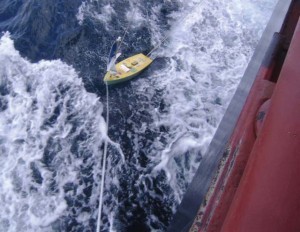
The Charger, a 5-foot-long drift boat, has been launched from larger vessels several times throughout its journey across the Atlantic Ocean. Photo courtesy of the crew of the Philadelphia Express
For three years, sophomores at Swampscott High School in Swampscott, Massachusetts, have been releasing drifters—devices that float along and track ocean currents—as part of Chris Ratley’s College Placement II Geometry class.
To a casual observer, geometry class “might not seem the right place for it, but there is so much math you might not think of,” Ratley explains. “These are not honor students; they are sophomores with lots on the ball, but not showing it in the classroom.”
Ratley says the drifter program, which requires students to build, test, launch, and track the devices via the global positioning system, motivates students because they know “their data is being used in an actual science [research program].” Ratley and Brandy Wilbur, the school’s science, technology, engineering, and mathematics (STEM) coordinator, learned how to build drifters from Jim Manning, an oceanographer with the National Oceanic and Atmospheric Administration (NOAA).
Manning, who studies currents around fishing grounds, has been deploying drifters since the early 1990s. “For the last 10 years, I’ve been getting schools involved in building them,” he says. “We wanted to expand the [U.S.] Integrated Ocean Observing System (IOOS).” He says IOOS, which is an umbrella organization of groups making observations of the ocean, was modeled on the National Weather Service.
“Like the National Weather Service puts up weather balloons, we put out drifters,” Manning continues. “Ideally we will have schools preparing drifters, putting them out every year, every couple [of] months.”
Manning has presented workshops and attended meetings of marine education organizations to connect with educators and other groups. He also seeks out grants, such as one from NOAA’s Marine Debris Program, to fund the drifter program. “The Marine Debris Grant will get us 32 drifters. We can just send out equipment to schools, and the schools don’t have to come up with a couple hundred dollars for a transmitter.”
Manning estimates he has worked with nearly 80 different schools. Although students from preK through graduate school have participated in the program, he suggests, “It is best suited for juniors or seniors in high school. They can work with tools to build drifters themselves and be exposed to what oceanography really is. We are trying to recruit more physical oceanographers. Drifters validate the numerical computer models of ocean [currents]. We don’t have many students at the graduate or undergraduate levels who know about this field.
“We want students to be able to download [data supplied by the drifters] and code. We are teaching them basic Python code…The second half of the drifter project is everything from calculating speed given latitude and longitude to dispersion [of the drifters]. It goes from simple addition to complex mathematics. You can compare the observed track to the estimated track. You can do it simply or more complicated. At the higher levels, we’re teaching how to download wind data, river data. As they get further along…students can download model output and try to predict where their drifter will go.”
At Swampscott High School, students build the drifters according to standardized specifications from Manning, but also have the opportunity to modify parts of the design using various materials from home improvement stores. The basic design is composed of a mast with four crossed poles that hold submerged sails, weights, and a GPS unit. “The whole thing is about 4’ tall and 3’ wide. It doesn’t look like a modern scientific device,” says Ratley.
“The research is to make the designs more environmentally friendly [while keeping the] device sturdy enough to stay together,” says Wilbur. “This is a way to bring oceanography into math class. Students are super-engaged because it’s a real research project. They provide meaningful data [for NOAA]…It provides [students] with a different way to learn, an authentic project that means something [while] they’re learning content.
“These devices are deployed close to shore; they provide real-time data and help researchers verify the mathematical models of the ocean current” used to predict such things as the current’s impact on commercial fishing species and where the current might take a person who fell overboard, says Wilbur. “A drifter provides real-time information about how surface waters are really moving.”
Ratley’s geometry students learn how to make and interpret measurements, use hand tools, test buoyancy, and discuss wind speeds. While developing their math skills, his students are “getting into navigation, figuring out distance, current, wind directions. I’m learning from it too…One of the hardest things when building something is how to manage building and instrumentation while making sure all students are involved,” Ratley notes.
Cassie Stymiest, a program manager with the Northeastern Regional Association of Coastal and Ocean Observing Systems (NERACOOS), has been working with Manning on the drifter program, conducting workshops for educators and compiling resources that she has posted online at http://neracoos.org/drifters. The site includes a map displaying the locations of drifters currently in the water, instructions for building surface drifters, and more. Stymiest says, “All the drifter data are used to validate our circulation models, which is essential to improving search-and-rescue operations, understanding red tides, and studying other oceanographic phenomena. There’s so much you can do with it.”
Crossing the Atlantic
While surface drifters like those launched by Swampscott students are moved by water currents, others are designed to use wind power as well. Barbara Nidzgorski, Young Scholars program coordinator at John Winthrop Middle School in Deep River, Connecticut, purchased a drifter boat from Educational Passages in 2012. Winthrop seventh and eighth graders decorated the 5’ boat and included information about their school and a flash drive with a recording of a performance by the school’s band and chorus in the Charger’s watertight chamber. The boat was launched in May of that year off the coast of South Carolina. After being driven back to shore by storms, the boat was relaunched by a SCUBA company. Since then, the Charger has traveled north to Newfoundland and across the Atlantic Ocean to Wales. It was launched once more by a ship out of England’s London Thamesport before traveling to Portugal and then to Guyana in South America.
Nidzgorski says the boat has been used in numerous classes, from science to math to art. “Every single area of education can be included [in a drifter program]: marine science, ocean science, math,…We had kids predicting where it was going to be. In the beginning, it was pinging six times a day; later, twice a day. There’s a lot of vocabulary; kids have written about it. The biggie is latitude and longitude.”
The program also has forged connections across the school, community, and the world. Local companies donated services and marine paint to help the Winthrop students prepare the boat for launch. A message on the boat instructing anyone finding it to take the vessel to a school has led to exchanges with students in Wales and Portugal. As the boat was refurbished before being released on its journey once again, students in those countries met with the adults who repaired the boat.
Nidzgorski is now working to get the Charger either shipped back to Connecticut or relaunched from Guyana. If relaunched, she hopes the boat will be able to complete a circuit of the Atlantic Ocean by arriving in Florida. “It’s 80% of the way around,” she proclaims proudly. Regulations in Guyana have prevented its relaunch so far, but Nidzgorski says the school has asked state officials to help find a way to get the boat headed home or back out to sea.
“So many cool things happen, every [boat’s adventure] is different. It’s pretty amazing…The investment you put in, you get so much more back,” she says. “This is the way our ancestors traveled: the current and the wind. That’s the way our initial explorers came across the ocean.”
Drifter Resources
For more information on drifters, educators can visit www.studentdrifters.org, http://neracoos.org/drifters, and www.educationalpassages.com, or e-mail Jim Manning at james.manning@noaa.gov.
This article originally appeared in the Summer 2015 issue of NSTA Reports, the member newspaper of the National Science Teachers Association. Each month, NSTA members receive NSTA Reports featuring news on science education, the association, and more. Not a member? Learn how NSTA can help you become the best science teacher you can be.
The mission of NSTA is to promote excellence and innovation in science teaching and learning for all.
Follow NSTA
Get Lost in the Magic of Learning with the Celestron Flipview Digital Microscope
By Martin Horejsi
Posted on 2015-06-26
One of the wonderful things about the amazing science education technology available to teachers today is that the tech can disappear—in a good way. The Celestron Flipview digital microscope is one of them.
